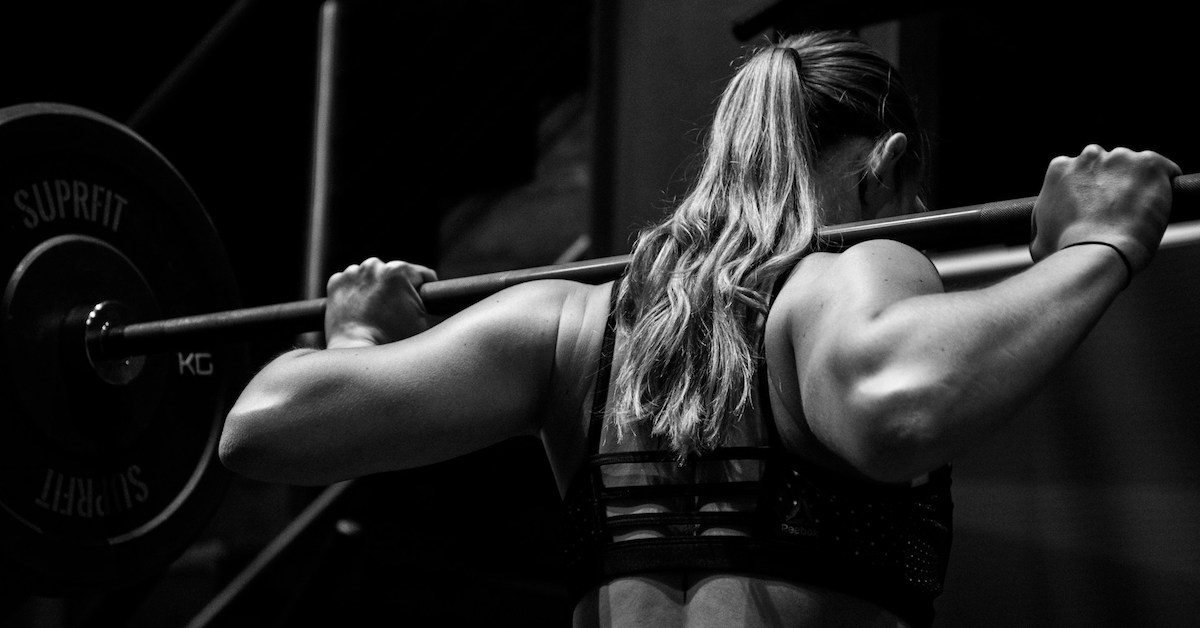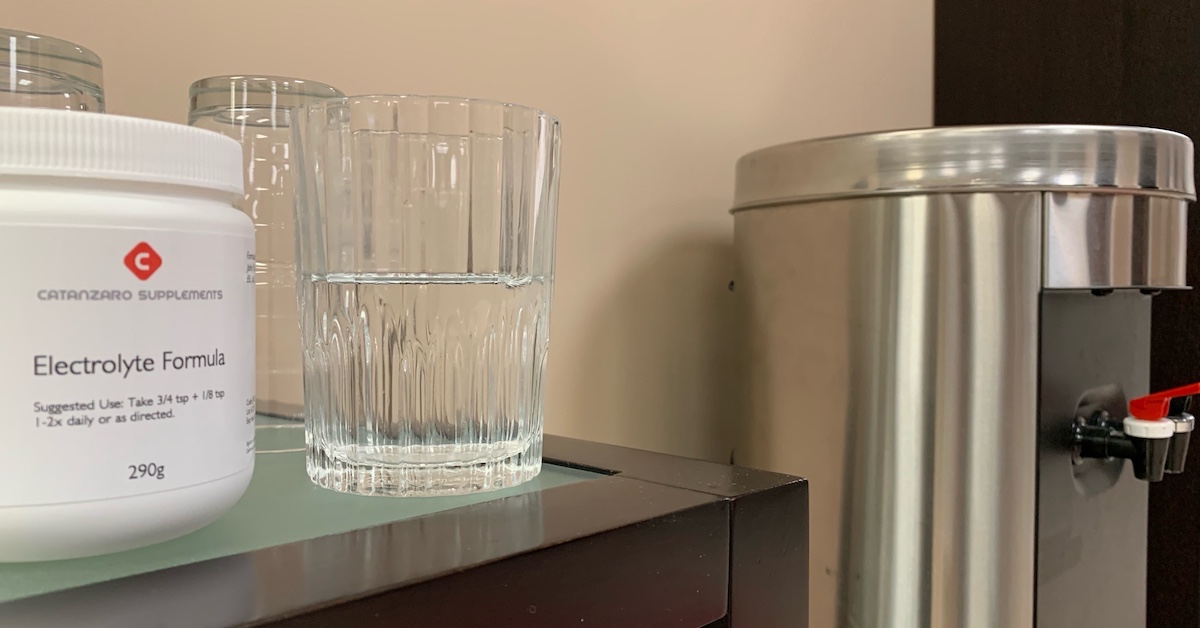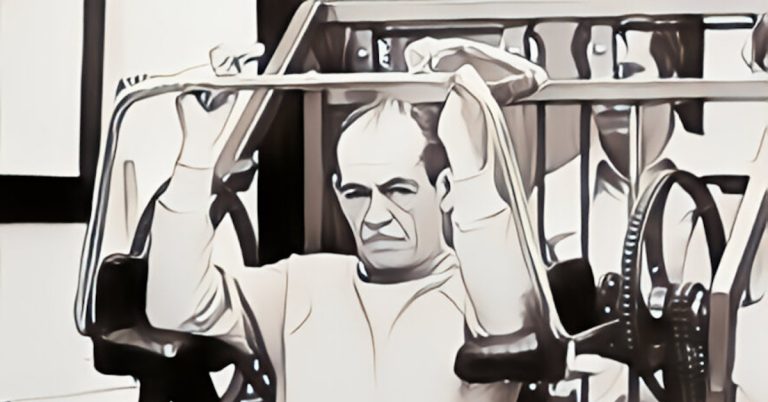In general, there are two ways to bring up lagging body parts: give them greater priority or give them more work. Let’s take a look at both.
Greater Priority
The exercises you do first in your workouts receive the greatest training effect. Most people begin their workouts with their bigger and stronger body parts. Try reversing the order of exercises in your next program. For instance, direct forearm work often occurs at the end of a training session (if at all), but if that’s a lagging body part, try doing wrist curls at the beginning of a workout. You’ll be able to use more weight than normal and that alone should stimulate greater growth.
More Work
Muscle hypertrophy is a function of volume – the more work you perform, the more growth you’ll experience (assuming, of course, that sufficient recovery occurs). One way to up the volume of any body part is to use the “staggered sets” method. For example, if your calves are dreadful, try this in your next program: insert sets of calf raises between sets of exercises for other body parts. Before you know it, you’ve completed a high number of sets for your calves (much more than normal), and your body responds by increasing muscle tissue to meet the demand.
Combine Priority and Work
You can even combine both methods. For example, one day start with forearm work and do a set of calf raises after every set of every exercise that workout. The next day start with calf work and do a set of wrist curls after every set of every exercise that workout. Here’s what a sample program would look like:
Monday
A1. High-Platform Dumbbell Wrist Curl
A2. Standing Calf Raise
A3. High-Platform Dumbbell Reverse Wrist Curl
A4. Seated Calf Raise
B1. Ulnar Flexion
B2. Standing Calf Raise
B3. Radial Flexion
B4. Seated Calf Raise
C1. Close-Reverse-Grip Cable Pulldown
C2. Standing Calf Raise
C3. Standing One-Arm Dumbbell Press
C4. Seated Calf Raise
Tuesday
A1. Barbell Jump
A2. Seated Barbell Wrist Curl
A3. Prone Dorsiflexed Leg Curl
A4. Seated EZ-Bar Reverse Wrist Curl
B1. Seated One-Leg Calf Raise
B2. Seated Barbell Wrist Curl
B3. Seated Leg Curl Tibialis Raise
B4. Seated EZ-Bar Reverse Wrist Curl
C1. Seated Wide-Stance Leg Press
C2. Seated Barbell Wrist Curl
C3. Back Step-Up
C4. Seated EZ-Bar Reverse Wrist Curl
Thursday
A1. Low-Platform Dumbbell Wrist Curl
A2. Standing Calf Raise
A3. Low-Platform Dumbbell Reverse Wrist Curl
A4. Seated Calf Raise
B1. Supination
B2. Standing Calf Raise
B3. Pronation
B4. Seated Calf Raise
C1. Parallel-Bar or Ring Dip
C2. Standing Calf Raise
C3. One-Arm Elbow-Out Dumbbell Row
C4. Seated Calf Raise
Friday
A1. One-Leg Calf Raise
A2. Seated Barbell Wrist Curl
A3. Standing Dorsiflexed Leg Curl
A4. Seated EZ-Bar Reverse Wrist Curl
B1. Seated Calf Press
B2. Seated Barbell Wrist Curl
B3. Seated Cable Tibialis Raise
B4. Seated EZ-Bar Reverse Wrist Curl
C1. Hack Squat
C2. Seated Barbell Wrist Curl
C3. Dumbbell Lunge
C4. Seated EZ-Bar Reverse Wrist Curl
In these workouts, you’ll do three mini circuits of four exercises each. Move from one exercise to the next with as little rest as possible until you complete all four exercises, and then rest two minutes before you do it again. Do three sets of ten to twelve reps of each exercise and use a fairly quick but controlled tempo throughout (i.e., one second to raise the weight and two seconds to lower it).
Keep in mind that by giving a lagging body part greater priority or more work or both, you diminish the priority and work of other larger and often stronger body parts. That’s a good thing! It will help promote muscle balance, improve symmetry, and likely reduce injuries down the road.



